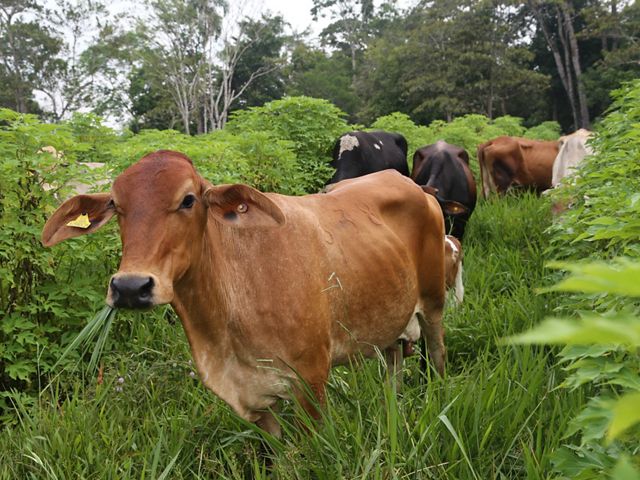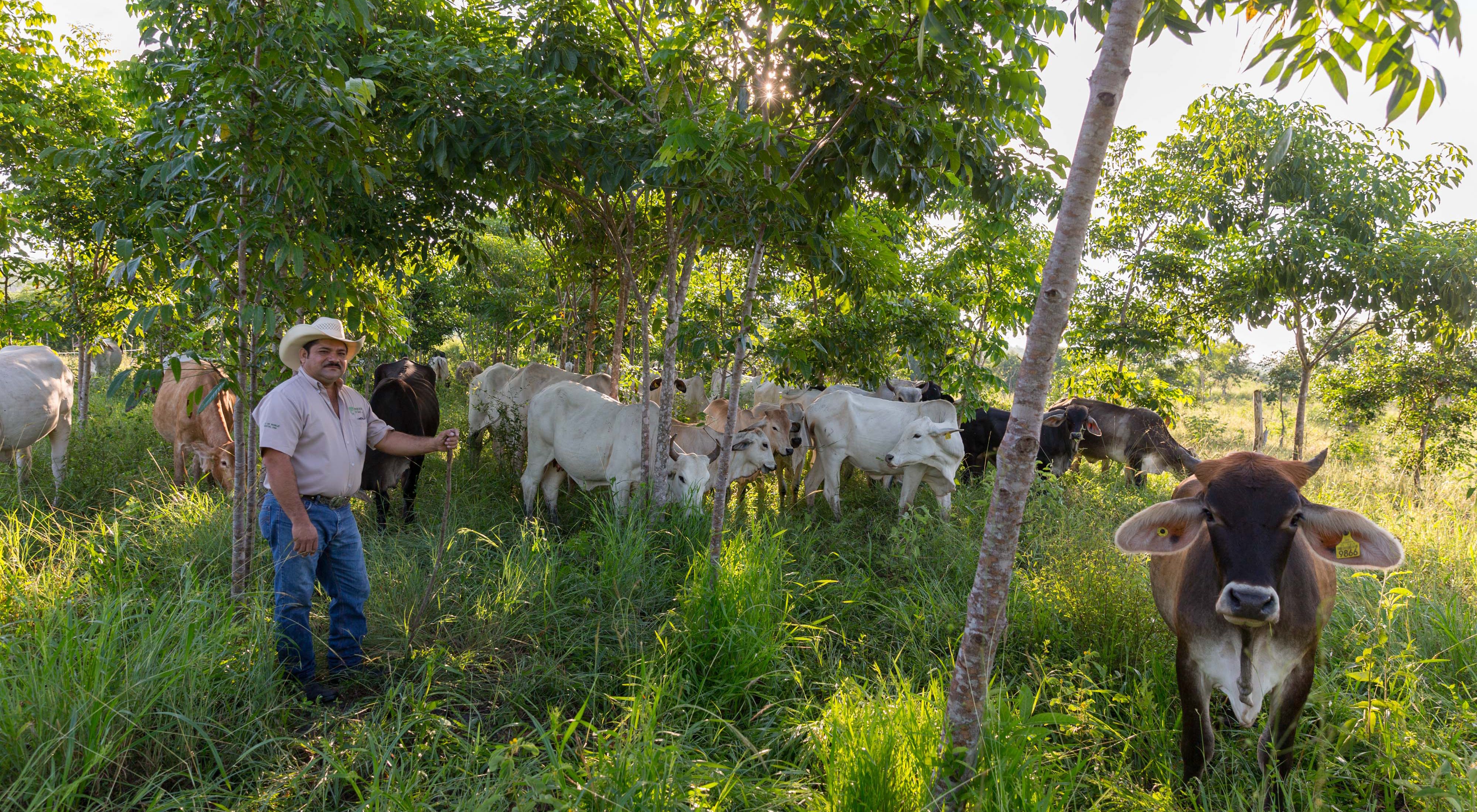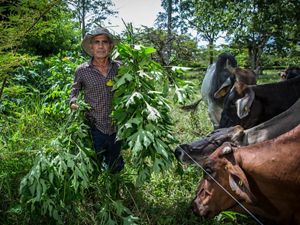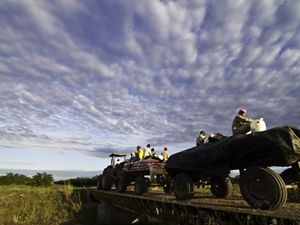Growing Our Way to a Healthier Climate
A New Future for Agriculture and the Environment
By Ginya Truitt Nakata, Former Director of Lands, Latin America
For too long, humanity’s two greatest challenges of the 21st century have been presumed to be on a collision course.
On the one hand, we have an urgent need to find some way of feeding a global population that will expand from 7 billion to 9 billion by mid-century. Yet the agricultural systems that we’ll need to ramp up are already major causes of global climate change and the depletion of the planet’s land and fresh water. And, even as farming expands and produces more, the bulk of people in the world’s agricultural areas continue to be mired in poverty.
But what if I were to tell you there is a way out of this stalemate? The truth is that the exodus to a new era of low-carbon, environmentally-friendly agriculture is already happening right here in Latin America—and that increasing food production can actually help reduce overall global greenhouse emissions.
To understand this, we need to begin with just how deeply involved Latin America is on both food security and climate change.
Because of its enormous potential to increase agricultural production, satisfy rising demand for food, and keep pantries stocked the world over, Latin America is critical to maintaining global food security over the next few decades. Already an agricultural powerhouse, the continent provides 60 percent of the world’s soybean imports, 44 percent of imported beef and a third of the corn that countries buy from abroad. And experts say the region is fully capable of doubling its farm output by 2030.
But these advancements have come at a price, mainly in the destruction of forests and the depletion of land and water resources, which are already having a devastating impact on the health of our planet. Today, Latin American agriculture is responsible for almost a third of global greenhouse gas emissions that come from land use and land conversion. More than half the forest loss in the world is happening in the region, while deforestation over a recent 15-year period was the world’s fifth highest source of carbon emissions.
There is a solution, though, and it lies in scaling up low-carbon agriculture, and thereby changing the dynamic from farming versus habitat to an alliance of farming and habitat. It begins with making the most of nature’s way of doing things, and understanding that the carbon that is removed from the atmosphere and captured in soils and plant biomass is the same carbon that is key to making agricultural soils more fertile and productive.
In fact, a new era of low-carbon, environmentally-friendly agriculture is already underway. Take no-till farming, for example, whereby crops and pasture are grown with minimum disruption to the soil from year to year. This technique—which reduces erosion, preserves the health and productivity of soils and keeps carbon locked in the ground—is already widely practiced in Latin America, which now accounts for more than 40 percent of all the world’s agricultural land under no-till.
What we need to do now is encourage this and other low-carbon, climate mitigation practices to become the standard across Latin American agriculture, including the continent’s 14 million smallholders. And critical to scaling this up and making it sustainable is the fact that the same techniques that repair the land and sequester carbon have also been proven to make farmland and ranchland more productive and profitable.
In Colombia, The Nature Conservancy and its partners have helped incentivize more than 2,600 ranchers—mainly owners of small size plots in areas of high biodiversity and low income—to adopt sustainable practices that protect critical habitats while increasing production and profits. An initiative funded by the Global Environmental Facility and the United Kingdom Energy and Climate Department— the largest sustainable ranching project ever attempted in Colombia—has already enabled ranchers to transform 105,000 acres to environmentally-friendly practices and has converted 23,000 acres to silvopastoral systems (integrating pastures with native trees and fodder banks). Another 37,000 acres of forest has been taken out of production through conservation agreements with farmers and ranchers. Nearly a million native trees have been planted.

Meanwhile, participating ranchers report a reduction in the need for chemical inputs, more productive soils, increased loads (animal per hectare) and an average 10 percent increase in their milk and/or meat production. Monitoring studies have confirmed increased biodiversity, improved carbon stocks and reduced contamination. Training and outreach have resulted in widespread understanding of the value of nature in healthy soils and resilience to extreme weather events.
Overall, by reducing deforestation and increasing carbon sequestration, participants in the project have lowered greenhouse gas by more than 2 million tons.
This is what we call “scale.”
And here’s the best part. Research conducted by leading scientists from Ohio State University together with prestigious universities across Brazil found that low-carbon agricultural systems that are already under implementation, such as these silvopastoral systems, along with no-till cropping and restoring degraded pastureland, have the potential to offset 80 percent of global emissions caused by land use and land use change by mid-century.
And that’s not all. These GHG reductions contemplate an overall 10 percent increase in global food production just from the adoption of low-carbon agriculture in South America alone. In other words, Latin American farmers can make a substantial contribution toward global food security as they grow their way to a healthier climate by locking carbon into the soil.
So, next time someone tells you there have to be environmental trade-offs if we are to feed everyone, tell them Mother Nature has a plan. Tell them farming is not the problem, but the solution to mitigating climate change and protecting biodiversity. We just need to put the plan into action in order to grow our way back to a healthier climate.
Originally Posted on Chicago Council on Global Affairs on February 16, 2017.



